The moon, along with its cosmic friends, had always managed to capture people’s attention. From all the cool scientific discoveries to the outlandish theories, all that stuff going down around our closest space pal keeps blowing our minds. In this article, we’re going to look at six awesome facts that reveal all the cool connections … Continue reading 6 Fascinating Facts About the Moon and Beyond
The distance of Earth from the Sun…
The distance of Earth from the Sun is about 108 times the diameter of the Sun. Likewise, the distance between the Earth and the Moon is also about 108 times the diameter of the Moon.
The post The distance of Earth from the Sun… appeared first on Crazy Facts.
A Scientist Thinks the Earth Is Actually Two Planets Fused Together After Colliding
Just when you thought you knew how the world works, science throws something new at you.
There’s a ton of great research coming out of PhD programs these days–new discoveries and new ideas.
One such researcher is Qian Yuan from the School of Earth and Space Exploration at Arizona State University.
His research suggests that parts of the Earth are not actually Earth at all.
His team’s research was presented at the 52nd Lunar and Planetary Science Conference this past March.
For years it has been widely believed that a proto-planet called Theia helped to form life as we know it.
The Moon-Forming Impact And Its Gifts – Based on high pressure-temperature experiments, modeling and simulations, a team at @RiceUniversity makes the case for the central role of the proto-planet called #Theia in enabling life. | Many Worlds @nexssinfo https://t.co/6XCleTAVvA pic.twitter.com/SzbQo4JyhJ
— The SETI Institute (@SETIInstitute) January 29, 2019
According to Popular Mechanics:
In 2016, UCLA researchers proposed that Earth could actually be two planets that fused together after colliding: itself and Theia. At the time, scientists said they believe the two planetary masses mixed together uniformly. Now, Qian Yuan of Arizona State University and his colleagues suggest the mysterious dense spots in Earth’s interior are the specific pieces of Theia that are still intact.
Theia is thought to be very similar in size and structure to Mars.
Scientists also believe that the Earth’s Moon may have formed during this impact.
You might remember from science class that the Earth is made up of 3 layers: the crust, the mantle, and the core.
#Earth #mantle is 60 degrees Celsius hotter than previously thought through #massspectrometry – https://t.co/D7GKSehU41 pic.twitter.com/MYxbDQLt1z
— Mass Spec (@spec_mass) March 6, 2017
The mantle itself is also made up of layers of varying density, and is at the center of Yuan’s research.
In some cases, there are massive pockets that are more dense, called “Large Low Shear Velocity Provinces” or (LLSVPs).
Check out my AGU2020 poster! Giant Impact Origin for the LLSVPs. Listen to the 1-min "Voice of Mantle Convection", inspired by Leif Karlstrom @VolcanoListener in Earthbirds seminar held by @CinTyLee1. https://t.co/hQZbaZ2K1v. Best poster for birthday: gifs, movie, music, beer!!! pic.twitter.com/uqi6e3giVX
— Qian Yuan (@qianyuan_geo) November 23, 2020
I honestly don’t understand most of Yuan’s science-related tweets, but he compares the Earth to chocolate, which is always a language I can understand:
Hi, I am Qian(Chan) Yuan, a PhD candidate from @SESEASU. Earth’s mantle is like a chocolate shell. I use geodynamic modelling and microanalysis of mantle rocks to explore how the “chocolate” convects and leads to profound geological processes. #AGU20RollCall #AGU20 @theAGU pic.twitter.com/GuPOvVb97g
— Qian Yuan (@qianyuan_geo) December 10, 2020
The team did a lot of math, and they have been able to compare the objects of their study with the mantle on Mars, which can be examined in the form of meteorites that have landed on Earth–over 100 of them.
What the researchers found is that:
“The total mass of the moon, together with the LLSVPs, is almost perfectly matched with [Mars’s] mantle.”
Unlike the original supposition that the two planets fused completely, Yuan’s team believe that the heavier Theia material sank into the deepest part of the Earth’s mantle, closest to the core, and there it stayed, like the gritty dregs at the bottom of a cup of coffee.
Popular Mechanics explains it this way:
How have the dense Theia materials stayed intact for billions of years?
It’s a function of the way Earth’s mantle works, where convection circulates materials that are a certain temperature and density.
The Theia materials are so dense that they sank and never floated back into the convection zone.
Think of this like the stuff that accumulates in a sharp corner that’s hard to reach with the vacuum cleaner.
So now you know. The Earth is like an Easter candy egg with a vacuum cleaner hidden deep inside.
And even though Mars feels very far away, we are all technically walking on a foreign world.
Did Yuan’s research completely blow your mind like it did mine?  Tell us in the comments.
Tell us in the comments.
The post A Scientist Thinks the Earth Is Actually Two Planets Fused Together After Colliding appeared first on UberFacts.
The moon was created in a huge planetary…
The moon was created in a huge planetary collision 4.5 billion years ago. It was initially 22,000 km away, and an Earth day was 5 hours long. Due to tidal action, the moon has gradually moved away to 400,000 km, and slowed the Earth’s spin to a 24 hour day.
The post The moon was created in a huge planetary… appeared first on Crazy Facts.
Look at These Awe-Inspiring Photos of the Final Solar Eclipse of the Decade
On December 26, people from Saudi Arabia to Guam scrambled to take pictures of the final solar eclipse to grace the Earth this decade.
Unlike in some eclipses, you’ll notice that the moon didn’t totally black out the sun. Instead, it covered the majority of the sun, leaving a visible “ring.” This type of event is called a “ring of fire,” or annular, eclipse.
The NOAA provided more information about the moon’s path on the 26th.
A rare #Annular, or #RingOfFire, #SolarEclipse happened on Dec. 26, which lasted 3 min and 40 sec. It was visible from most of #Asia and the #MiddleEast. See the imagery of the #SolarEclipse2019, captured by #Japan's #Himawari8 #satellite here: https://t.co/G8TFeh1dM2 pic.twitter.com/TtZZ2X717k
— NOAA Satellites (@NOAASatellites) December 26, 2019
Images of the eclipse are stunning, especially against the backdrop of beautiful landscapes such as these sand dunes.
A photographer in Guam was able to capture the moon’s movements against the ocean tide.
This picture gives us a different point of view from India.
LOOK: The moon totally covers the sun in a rare "ring of fire" solar eclipse as seen from the south Indian city of Dindigul in Tamil Nadu state on December 26, 2019. Photo by Arun Sankar/AFP pic.twitter.com/2zMOsf6UqZ
— Rappler (@rapplerdotcom) December 26, 2019
Some lucky travelers were able to fly right past the eclipse as well!
An airplane flies past as the moon moves in front of the sun in a rare "ring of fire" solar eclipse as seen from Hanoi on December 26, 2019. | via Nhac Nguyen, AFP pic.twitter.com/PF3NTKk84E
— ABS-CBN News (@ABSCBNNews) December 26, 2019
Residents of India, Pakistan, parts of Africa, and China will get to see the first solar eclipse of the new decade, which will pass by them in June 2020.
These images are out of this world!
Did you catch the eclipse? Share your thoughts with us below.
The post Look at These Awe-Inspiring Photos of the Final Solar Eclipse of the Decade appeared first on UberFacts.
In an unbelievable coincidence, the moon…
In an unbelievable coincidence, the moon is exactly four hundred times smaller than the Sun but four hundred times closer to the Earth, so that both the Sun and the Moon appear to be precisely the same size in the sky – which gives us the phenomenon we call a total eclipse.
The Apollo 11 Astronauts Were Honored with Butter Sculptures at the Ohio State Fair
To celebrate the 50th anniversary of the historic Apollo 11 moon landing, the three astronauts on that mission are being honored with life-sized sculptures made out of butter at the Ohio State Fair.
How do Neil Armstrong, Michael Collins and Buzz Aldrin like to eat their ice cream? In floats! Your time is waning to come to the @OhioStateFair to enjoy Velvet Ice Cream and see the three astronauts commemorated in butter. #Apollo50th #OSF19 pic.twitter.com/cx7dgAEraL
— ADA Mideast (@adamideast) July 31, 2019
On July 20, 1969, Neil Armstrong, Buzz Aldrin, and Michael Collins landed on the moon and changed the course of history. The state of Ohio has a strong kinship with space travel: Neil Armstrong was an Ohio native and so was John Glenn, the first American to orbit the Earth. Ohio also has a long history of dairy production. Combine all those factors together and you get the magnificent butter display at this year’s Ohio State Fair.
If you are lucky enough to be able to go to the Ohio State Fair in Columbus, don’t miss the traditional “cow made out of…
Posted by Suellen Brady-Nugent on Thursday, July 25, 2019
Dairy farmers donated over 2,000 pounds of butter to help create the sculptures. An artist from Cincinnati named Paul Brooke and a team of sculptors spent 400-500 hours creating the buttery tributes in a cooler set at 46 degrees to prevent the pieces from melting.
Here’s a cool time-lapse video of the butter being sculpted:
Legen-DAIRY: This year's Ohio State Fair butter sculpture honors the 50th anniversary of the Apollo 11 moon mission, and we're over the MOO-n about it!
MORE: https://t.co/8xQiZavTrx pic.twitter.com/NkrJ7eDGDd— WTOL 11 (@WTOL11Toledo) July 23, 2019
Alexander Balz, one of the artists, said, “The space suits were a real challenge, to be honest. It’s easy to sculpt things that you know. When you sculpt a human being you memorize it, so this was a challenge.”
This Ohio State Fair butter sculpture shows the three Apollo 11 astronauts — Neil Armstrong, Michael Collins and Buzz Aldrin — standing next to the lunar module Eagle.
Armstrong saluting the American flag and the footprint on the moon are also recreated. https://t.co/vHwWkunXw3 pic.twitter.com/FkBD0l74Ie
— CNN (@CNN) July 25, 2019
Roughly 500,000 people are expected to have attended the State Fair in late July and early August. Here’s a video with some great footage of the display.
What a unique and cool way to honor a pivotal event in American, and human, history!
And, by the way, I’m really hoping that this butter sculpting catches on more widely because it is fabulous.
The post The Apollo 11 Astronauts Were Honored with Butter Sculptures at the Ohio State Fair appeared first on UberFacts.
The ‘Moon Selfie’: 11 People Took Pics with Toilet Paper Rolls and They’re Hilarious
Hey, this is pretty fun!
Every month there seems to be some kind of big “moon” even happening, so recently, r/JokeInks posted this photo on Reddit inviting others to join in on the fun of becoming one!
Photo Credit: Reddit, r/JokeInks
Did Reddit respond?
You’re damn right they did!
Here are the best moon selfies ever in the history of moon selfies!
10. Mean Moon
Photo Credit: Reddit, r/hedgelinghog
9. Full Moon
Photo Credit: Reddit, r/SisterResister
8. Pensive Moon
Photo Credit: Reddit, r/laurasaurus
7. Sleepy Moon
Photo Credit: Reddit, r/UncleFishies
6. Happy Moon
Photo Credit: Reddit, r/Xenokiller101
5. Orbiting moon
Photo Credit: Reddit, r/Aeolyon
4. 246 days of Moon
Photo Credit: Reddit, r/hamstersinmicrowaves
3. Thoughtful Moon
Photo Credit: Reddit, r/flashmanMRP
2. Mustache Moon
Photo Credit: Wokesloth.com
1. Grumpy Moon
Photo Credit: Wokesloth.com
Want to try it out? Take a snap and post it in the comments!
You know you want to…
The post The ‘Moon Selfie’: 11 People Took Pics with Toilet Paper Rolls and They’re Hilarious appeared first on UberFacts.
The bishop of Orlando is also…
The bishop of Orlando is also bishop of the moon, due to a canon law that says “any newly discovered territory would fall under the bishopric from whence the discovering expedition departed.” His is therefore the largest Catholic diocese, at over 14,000,000 square miles.
Scientists Discovered a Giant Structure Under the Surface of the Moon
Space keeps getting less and less mysterious every day, doesn’t it?
This most recent discovery concerns the South Pole-Aitken Basin on the moon, one of the largest preserved impact craters in the Solar System. The US and China, among others, have been particularly interested in the area, and now NASA’s Gravity Recovery and Interior Laboratory mission has discovered something truly massive beneath it.
The structure weighs 2.18 billion kilograms and stretches more than 186 miles deep, suggesting that it might be leftover from the asteroid that formed the crater, says lead author Peter B. James.
“Imagine taking a pile of metal five times larger than the Big Island of Hawaii and burying it underground. That’s roughly how much unexpected mass we detected.”
The mission was out to measure subtle changes in the gravitational field of the moon, then use the observations to study the moon’s internal composition, but what they discovered was a surprise to everyone involved.
“When we combined that [data] with lunar topography data from the Lunar Reconnaissance Orbiter, we discovered the unexpectedly large amount of mass hundreds of miles underneath the South Pole-Aitken basin. One of the explanations of this extra mass is that the metal from the asteroid that formed this crater is still embedded in the Moon’s mantle.”
The team isn’t sure exactly what they’ve found at this point, though computer simulations indicate it is possible that when an asteroid hit the moon roughly 4 billion years ago it embedded itself in the mantle, never sinking into the moon’s core.
Another theory is that the mass formed when the moon was still solidifying – as the magma of the moon cooled and hardened, perhaps a concentration of oxides may have developed.
More research will follow, but anything we learn from the unique basin should help scientists understand how and when the moon formed, as well as give us an idea as to how it might weather an impact from an asteroid in the future.
And when it comes to space, the more information we have, the better.
The post Scientists Discovered a Giant Structure Under the Surface of the Moon appeared first on UberFacts.
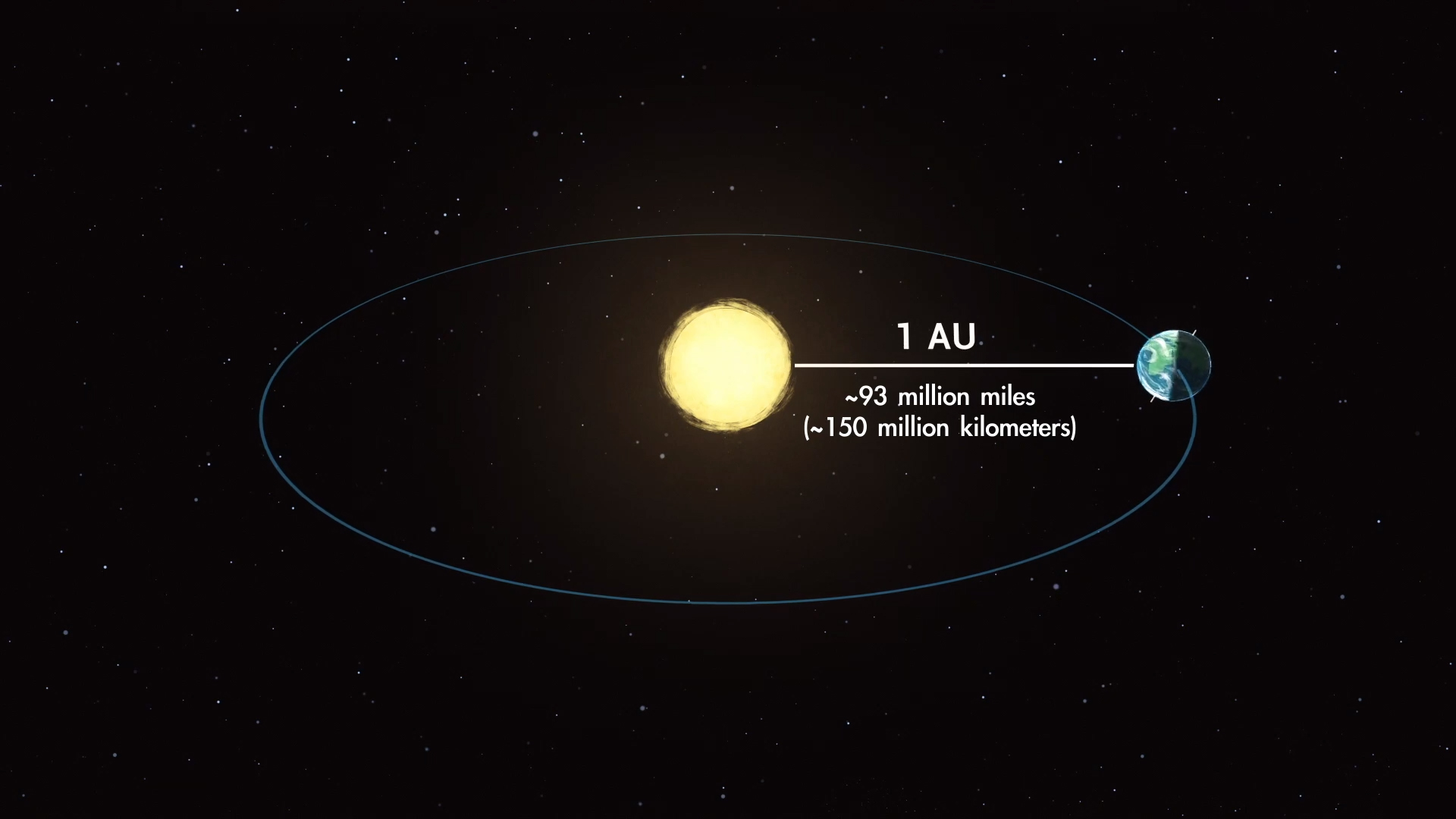


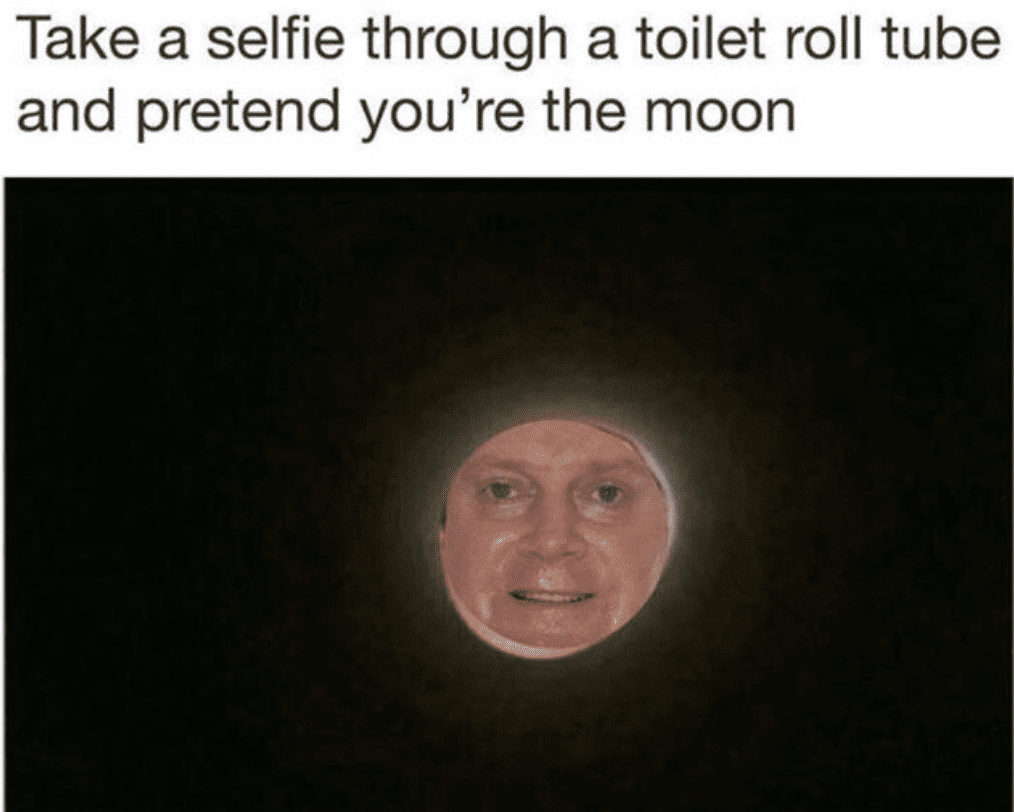
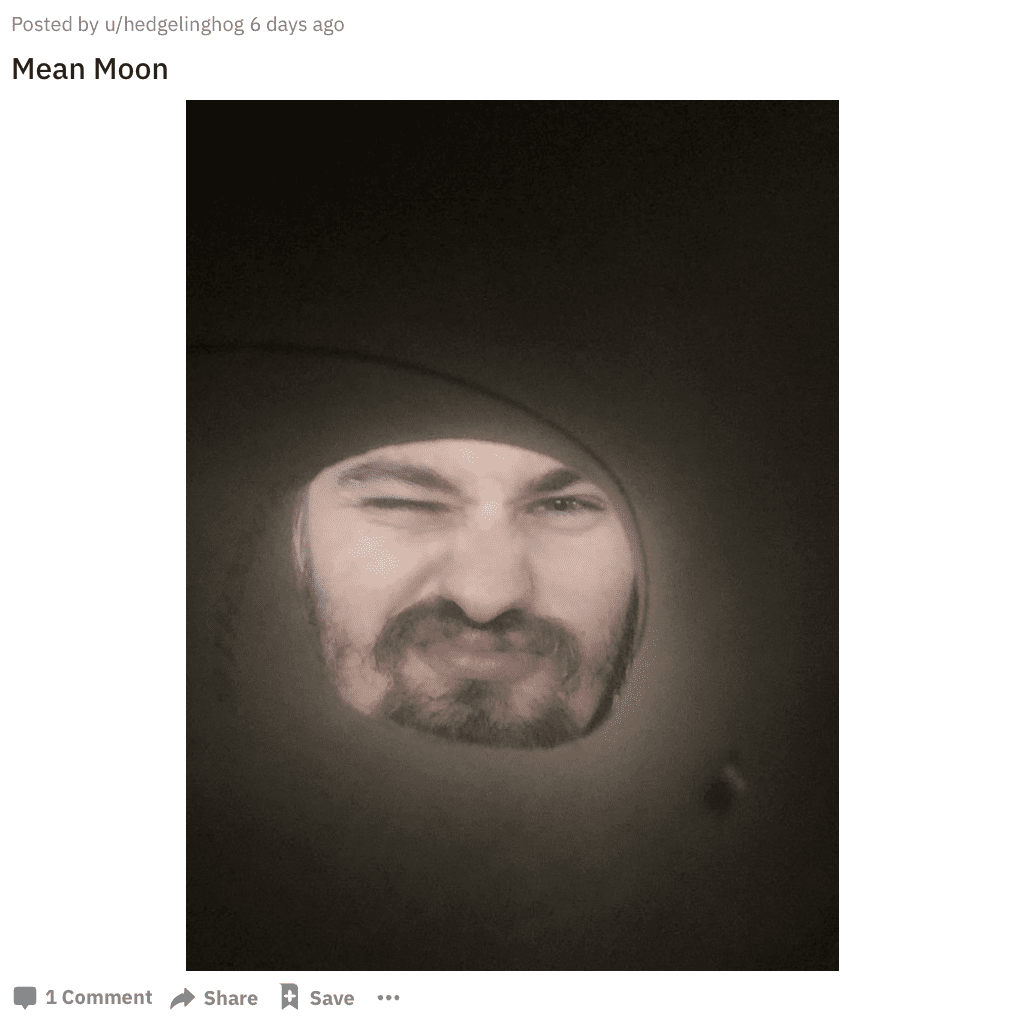

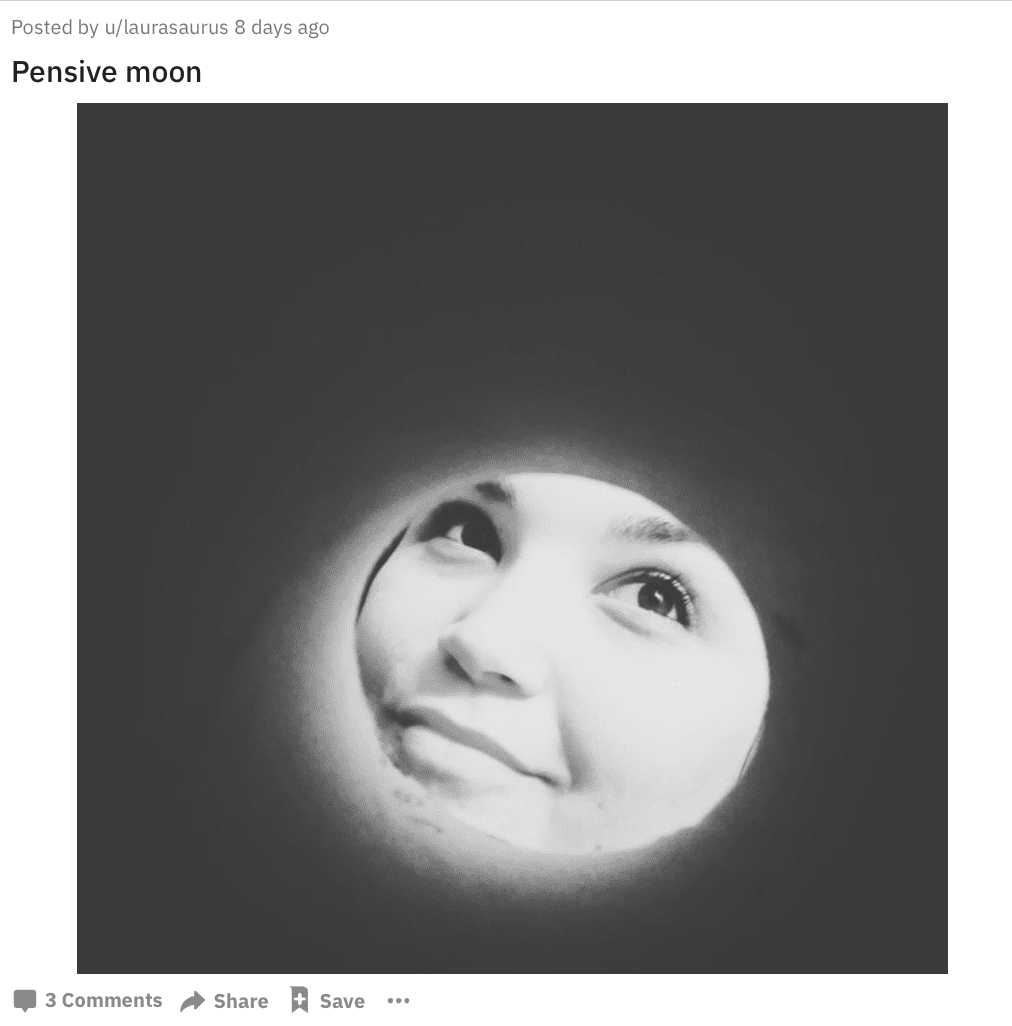




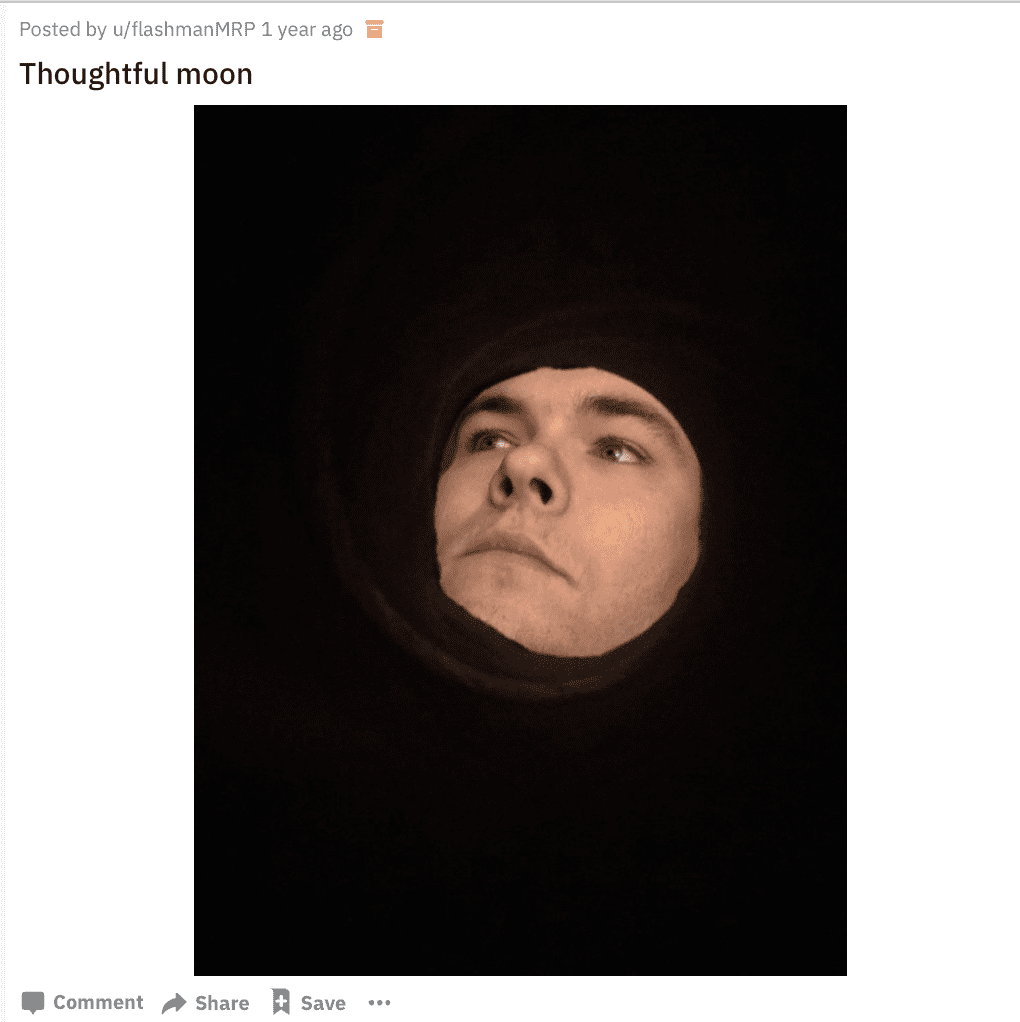

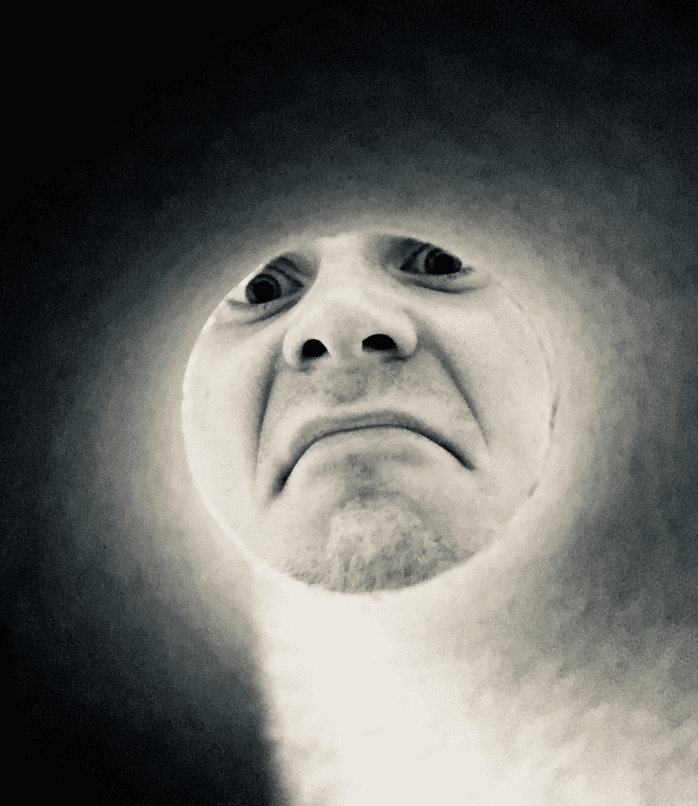
 : "I'm coming out I want the world to know Got to let it show!
: "I'm coming out I want the world to know Got to let it show!  " Stepping out on the world stage tonight is the final & brightest #supermoon for 2019. Just in time for the first day of spring, venture outside and look up to the night's sky for one of our favorite celestial neighbors. In this photo, a plane is seen flying in front of the second full moon for the month of July on Friday, July 31, 2015 in Arlington, Va. Photo Credit: NASA/Joel Kowsky
" Stepping out on the world stage tonight is the final & brightest #supermoon for 2019. Just in time for the first day of spring, venture outside and look up to the night's sky for one of our favorite celestial neighbors. In this photo, a plane is seen flying in front of the second full moon for the month of July on Friday, July 31, 2015 in Arlington, Va. Photo Credit: NASA/Joel Kowsky Credit: NASA/Ernie Wright #nasa #space #moon #lro #blue #pictureoftheday #science #solarsystem #universe #wow #beautiful #moonlight #clairdelune #apollo11
Credit: NASA/Ernie Wright #nasa #space #moon #lro #blue #pictureoftheday #science #solarsystem #universe #wow #beautiful #moonlight #clairdelune #apollo11